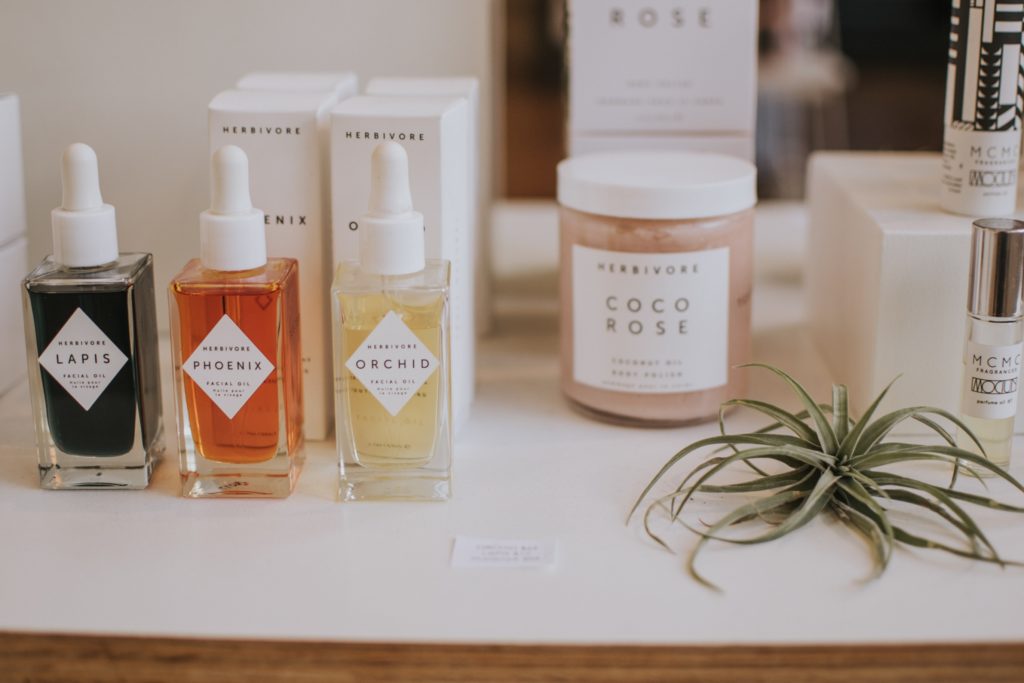
In the final of our Science of Beauty series, our expert explain the difference between different types of scents and finally answer the question: what is perfume?
Beaut's science expert Dr Regina Kelly is a Science Educator and a Dean’s Postdoctoral Fellow in STEM Education at EPI*STEM, the National Centre of STEM Education, School of Education, Faculty of Education and Health Sciences, University of Limerick.
Whether you douse yourself in €100 designer fragrance or splash on €4 ‘inspired by’ scent, what makes the substance in the bottle actually smell? Dr Richie Moynihan explains how perfumes work.
What is perfume?
Perfume is mainly composed of an alcohol called ethanol, a scented essential oil dissolved into it, and water. Alcohol is used as it is quite good at dissolving substances. Liquids like oil and water cannot dissolve into each other or mix. Alcohols can dissolve both oils and water-like substances.

A perfume contains three smell parts (notes), which are called top, heart and base notes. The top note contains molecules that evaporate quickly when applied to a surface, giving the initial sharp scent. The heart notes evaporate 3 – 4 hours after application and give off a pleasant flowery scent. After this, the base note evaporates and boosts the smell of the remaining top and heart notes, giving a pleasant after scent.
Does every molecule have a smell?
Smells are interesting things. Basically, when we smell something, a small amount of the substance enters our nose and is detected by nerve cells in our nose. Our sensation of smell is how our brain processes this stimulus. Molecules react differently with the nerve cells in our nose. For example, ammonia is made up of hydrogen and nitrogen atoms and is detected as an unpleasant smell. However, separately hydrogen and nitrogen are odourless.
Perfume oils tend to be made up of aromatic compounds, which are compounds where some of the molecule is made up of benzene. Benzene is a compound made of 6 hydrogens and 6 carbon atoms. Pure benzene is quite hazardous, but if it is chemically bonded with other chemical elements it is safe. It is found in all sorts of natural and laboratory produced chemicals like caffeine, clove oil, the scents of flowers and even occurs naturally in the human body. The aromatic compounds found in perfume oils are responsible for the unique and pleasant scents.

Advertised
What makes a smell stronger?
The strength of a perfume comes down to the type of fragrance oils, the concentration of fragrance oils and the amount you use. The classification of the perfume will give you an idea about how long a perfume will last. The decreasing order of the concentration of fragrance oils is: parfum, eau de parfum, eau de toilette, and eau de cologne.
Use these concentration classifications to judge the amount you should spray. I think most people are aware that you can have too much, and usually a 'Goldilocks' amount is ideal (not too much, not too little, just right!).

How to make your scent last longer
- Applying a very thin layer of Vaseline may help as essential oils can dissolve into it and remain on the skin longer.
- Putting it on straight after washing, as clean skin can trap the oils easily.
- Do not rub your wrists together, it reduces the length of time the scents will last.
- Store in a dry dark place, like a drawer. Heat and light reduce the quality of a fragrance.
Thanks to Dr. Regina Kelly for curating this fascinating series! Let us know if you would like to learn the science behind different aspects of beauty in the future.
Read more posts on the Science of Beauty
Why can't I use body cream on my face?
Is this a good reason to stop shaving underarm hair?
Why does my hair look different colours in the light?



